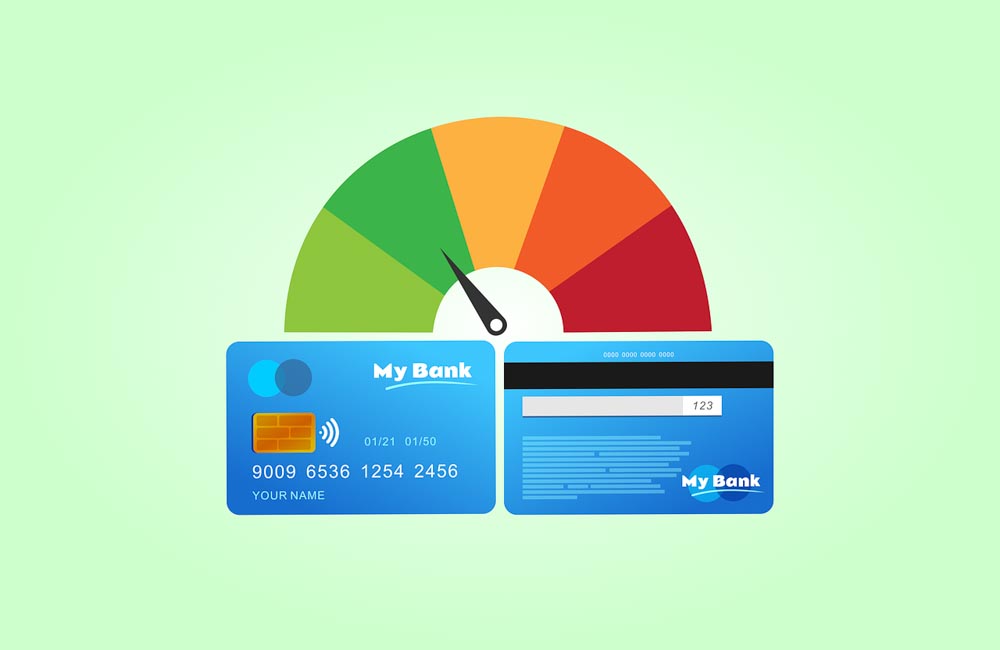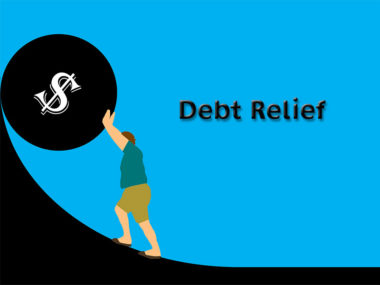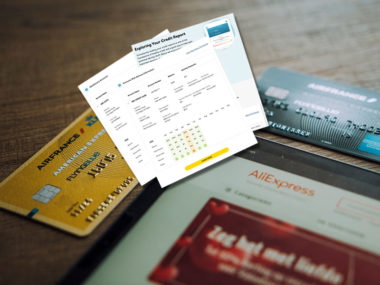If you dig into your financial status long enough, you’ll run into the term “credit utilization” sooner or later. As the name implies, this is a percentage that reflects how much of your credit you’ve utilized.
Your credit utilization reflects your ability or inability to manage your finances. A high credit utilization “ratio” or “rate” shows that you can’t repay borrowed funds quickly, whereas a low figure shows that you pay down your balances on a regular basis.
Credit utilization figures heavily into your credit score and can be a major factor in maintaining healthy finances. Below is a breakdown of what makes up your credit utilization ratio, how to calculate it, and what steps you can take to improve your current percentage.
Table of Contents
Understanding Credit Card Utilization
Credit utilization does not include all of your debt. On the contrary, all of your non-revolving debt is left out of the calculation. This includes single-event loans like a mortgage or auto loan that you pay back in predetermined installments.
When calculating your credit utilization, you only want to consider your revolving credit. These are lines of available credit that you may borrow from at a moment’s notice. This most commonly manifests as a credit card but can also include lines of credit from retailers and banks.
Interestingly, according to the credit bureau Experian, a home equity line of credit (HELOC) is the one exception to this rule — at least as far as the very popular FICO credit scoring model is concerned. Since a HELOC is secured by your home equity, it isn’t counted in your credit utilization ratio.
For the most part, your credit utilization ratio will be made up of your various credit cards. Credit cards are among the most popular ways to manage money, and they are excellent options to build credit.
If you want to calculate your credit utilization ratio, you can do so by using the following formula:
[Current Balance] divided by [Available Credit] times 100 equals [Utilization Ratio]%.
You can calculate your utilization rate on an account-by-account basis or based on all of your revolving credit.
As an example of calculating credit utilization, consider the ratio for a single credit card. The card has a $5,000 limit and you currently have a balance of $1,000. Using the formula above, your ratio would be $1,000 divided by $5,000 times 100 equals 20%.
While each individual account is important, the most valuable figure of your credit utilization is your overall percentage. This is calculated by adding all of your different balances together and then dividing the total by the sum of the credit limits on your available lines of credit.
Credit Card Utilization Calculator
Having the above formula is always a nifty way to calculate your credit utilization rate. However, it requires some addition, division, and multiplication. If you want to get your ratio quickly, you can simply Google “credit utilization calculator” and you’ll get a plethora of tools that can streamline the work for you.
What Is a Good Credit Utilization Ratio?
While there are no hard and fast rules with credit utilization ratios, most experts recommend aiming for a ratio no higher than 30%. For instance, if you have a combined credit limit of $50,000, don’t spend more than $15,000 without starting to pay off some of your outstanding balances.
Although the specific number isn’t critical, having a generally lower utilization rate is absolutely important, as a high rate will begin to impact your credit score.
How Does Credit Utilization Affect Your Credit Scores?
The amount you owe on credit combined with your total debt makes up nearly a third of your credit score.
In other words, if you have a high credit utilization ratio, it can end up hurting your credit score. High balances on your lines of credit are also a sign to lenders that you can’t manage borrowed money well nor repay it in a timely manner.
If you have a high credit utilization ratio, it can lead to various negative effects, such as:
- Higher interest rates and security deposits;
- Difficulty being approved for a loan or housing;
- Challenges saving money, paying down debt, and managing your expenses.
As a rule, it’s always wise to pay down your balances and keep your credit utilization low. At the same time, you don’t want to keep your utilization rate entirely at zero.
On the contrary, you want to use a reasonable amount of your available credit on a regular basis. Then pay it off each month to demonstrate that you can responsibly manage borrowed money.
How to Lower Your Credit Utilization Ratio
If you have a high credit utilization ratio, here are a few suggestions for ways to lower it:
- Stick to a budget so that you avoid spending too much on your credit cards.
- Pay off existing revolving credit as much as you can and then pay your credit cards off in full every time you use them.
- Keep paid-off credit cards open to avoid lowering your total available credit.
- Ask for a credit limit increase to beef up your total available credit.
- Set up alerts with your credit card issuer to let you know when your ratio reaches 30%.
By taking steps like these, you can begin to gain better control over your credit utilization ratio.
Additional Steps to Improving Your Credit Score
Lowering your credit utilization ratio is just one of several ways that you can improve your credit score. You can also do so by:
- Making all of your payments on time by creating reminders or setting up autopay.
- Creating a budget that helps you live within your means and pay down your non-revolving debt more aggressively.
- Reviewing your credit report annually to dispute mistakes and resolve derogatory marks.
- Improving your credit mix by responsibly opening different lines of credit and taking out a variety of different loans.
Whether you’re repairing bad credit or boosting good credit, all of these activities can help you continue to raise your credit score and steadily build toward a brighter financial future.





